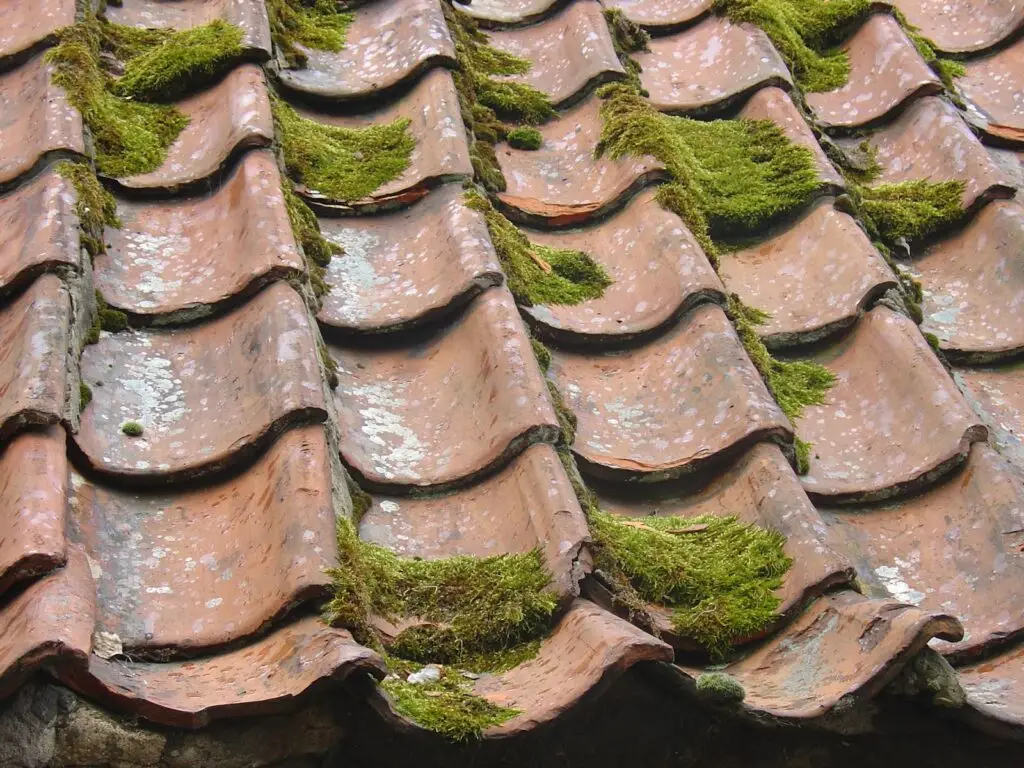A well-maintained roof is essential for protecting your home from the elements, improving energy efficiency, and ensuring long-term durability. Roofs endure constant exposure to harsh weather conditions, including rain, snow, wind, and UV rays. Without proper care, they can deteriorate quickly, leading to costly repairs or premature replacement.
Regular maintenance helps prevent minor issues from becoming major problems, saving homeowners time and money. By implementing simple roofing maintenance practices, you can extend the life of your roof, enhance its performance, and maintain the overall value of your property.

Understanding Your Roof’s Unique Requirements
Every roof is different, with variations in materials, climate conditions, and installation techniques affecting its longevity. Knowing what your roof needs can help you take the right steps to maintain it effectively. Factors such as roof type, slope, and local weather patterns all play a role in determining maintenance requirements. A reputable roofing company states that roofing requirements in Newtown Square will differ from those in regions with extreme temperatures or heavy snowfall. Local climate conditions impact how often homeowners should inspect their roofs and what specific issues to look for. In areas prone to storms, reinforced shingles and proper drainage systems are crucial. In humid regions, mold and algae prevention should be a priority.
Homeowners should also consider the lifespan of their roofing materials. Asphalt shingles typically last 20-30 years, while metal, slate, and tile roofs can last significantly longer with proper care. Understanding your roof’s expected lifespan allows you to plan maintenance efforts accordingly and anticipate necessary repairs.
Regular Roof Inspections to Catch Problems Early
Routine inspections are the foundation of effective roof maintenance. Catching minor issues early prevents them from escalating into costly damage. Homeowners should inspect their roofs at least twice a year, ideally in the spring and fall, and after major storms.
During inspections, check for visible signs of wear and tear, including missing or curled shingles, cracked flashing, sagging areas, or debris buildup. Pay attention to dark streaks or discoloration, as these may indicate algae or mold growth. Inside the home, look for water stains on ceilings and walls, which could signal a leak.
Professional roof inspections are also recommended every few years. Roofing experts can identify hidden issues, assess structural integrity, and provide recommendations for necessary repairs. Investing in periodic professional inspections can save homeowners from unexpected roofing failures.
Keeping Gutters and Downspouts Clean
Clogged gutters and downspouts can lead to water buildup, which damages roofing materials and causes leaks. When gutters are obstructed, rainwater overflows and seeps into the roof structure, potentially leading to rot and mold growth.
Regularly cleaning gutters, especially during fall when leaves accumulate, ensures proper water drainage. Use a ladder and gloves to remove debris, and flush gutters with a hose to clear smaller particles. Installing gutter guards can help prevent clogging by blocking leaves and other debris from entering the system.
Ensuring that downspouts direct water at least a few feet away from the foundation prevents water damage to both the roof and the home’s structure. Proper drainage reduces the risk of ice dams in colder months, which can cause significant roofing damage.
Addressing Roof Leaks Immediately
Even minor leaks can lead to major structural damage if left unaddressed. Water infiltration weakens roofing materials, insulation, and interior ceilings, resulting in costly repairs. If you notice signs of a leak, such as water stains, damp insulation, or mold growth, immediate action is necessary.
Identifying the source of the leak can be challenging, as water may travel along rafters before dripping into living spaces. Inspect areas where different roofing materials meet, such as around chimneys, vents, and skylights, as these are common leak-prone areas. Sealing small cracks with roofing caulk or replacing damaged shingles can temporarily stop leaks until a professional can assess the extent of the damage.
Preventing leaks also involves maintaining flashing, which is used to seal joints and prevent water intrusion. Over time, flashing can become loose or corroded, making it a vulnerable point for leaks. Replacing old or damaged flashing enhances roof protection and prevents moisture-related issues.
Trimming Overhanging Tree Branches
Trees provide shade and enhance curb appeal, but overhanging branches can pose a risk to roofing materials. During storms, branches can break and cause severe damage to shingles or even puncture the roof. Leaves and twigs can also accumulate on the roof surface, trapping moisture and promoting mold growth.
Regularly trimming branches that extend over the roof prevents potential damage. Keeping trees well-maintained reduces the risk of falling limbs and minimizes debris accumulation. If a tree is too close to the home and poses a significant risk, consulting an arborist about safe tree removal may be necessary.

Regular maintenance is key to extending the lifespan of your roof and preventing costly repairs. By performing routine inspections, keeping gutters clean, addressing leaks promptly, and taking proactive measures against moss and tree-related damage, homeowners can protect their investment and maintain a strong, weather-resistant roof.
Every home has unique roofing needs, influenced by climate, material type, and surrounding environment. Staying proactive and seeking professional help when needed ensures that your roof remains in excellent condition for years to come. Taking small maintenance steps today can prevent significant roofing issues in the future, saving time, money, and stress.
- 0shares
- Facebook0
- Pinterest0
- Twitter0



